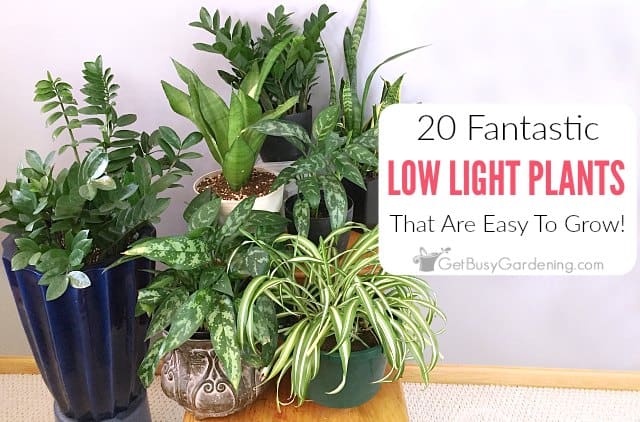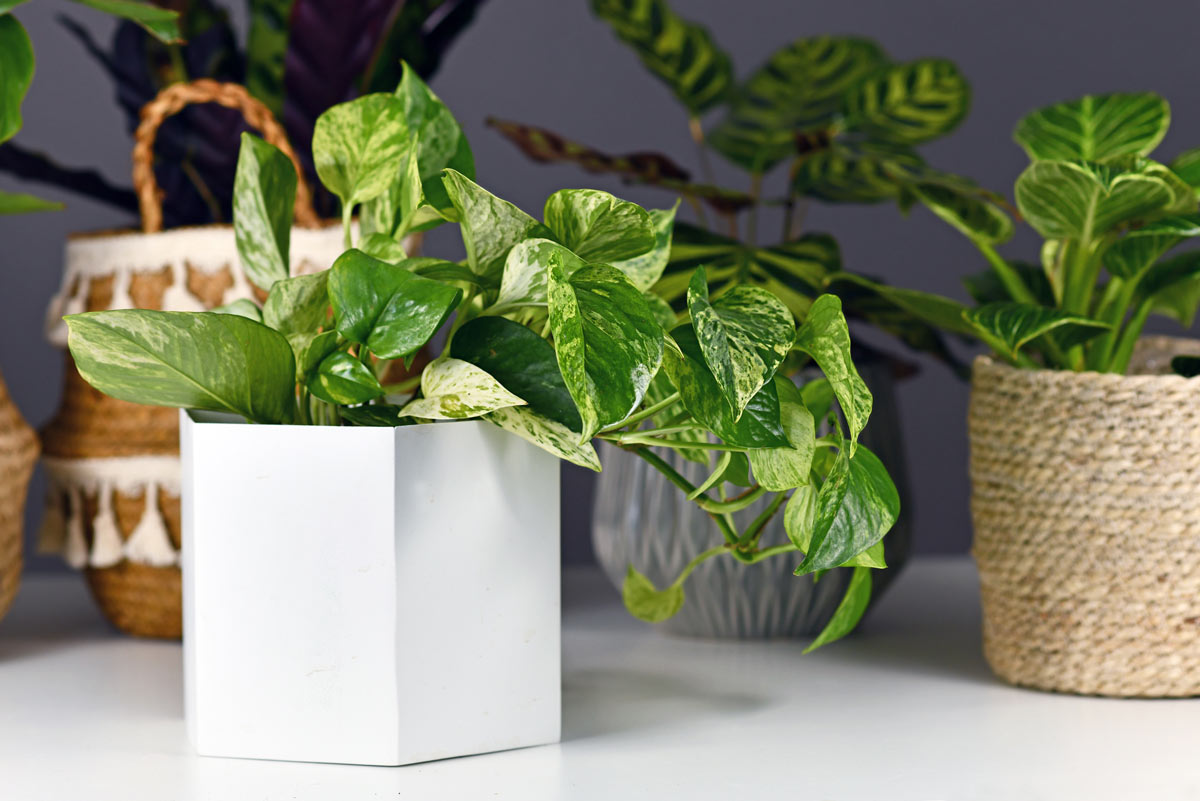The Best Low-Light Indoor Plants to Improve Your Home’s Air Quality
The Best Low-Light Indoor Plants to Improve Your Home’s Air Quality
Blog Article
Discover the Keys of Low-Light Indoor Plants and Just How They Improve Your Setting
Low-light interior plants have garnered boosting interest for their unique ability to enhance both aesthetic allure and ecological high quality within workplaces and homes. These resilient varieties, including the Serpent Plant and Tranquility Lily, not just prosper in tough lighting conditions however also play a crucial duty in air purification and psychological wellness.
Benefits of Low-Light Indoor Plants
Although lots of people presume that interior plants need bountiful sunshine to thrive, low-light indoor plants offer a multitude of benefits that make them suitable for different settings. One of the primary benefits is their flexibility; they can grow precede with minimal natural light, such as offices, cellars, or rooms with small windows. This attribute enables individuals to improve their environments with greenery, contributing to improved visual appeals without the requirement for comprehensive illumination adjustments.
Moreover, low-light indoor plants can substantially boost interior air top quality by launching and filtering system dangerous toxins oxygen, making living areas healthier. Research study has actually revealed that certain selections can take in pollutants, thus advertising a cleaner environment. Furthermore, they can improve psychological health by lowering stress and raising efficiency. The visibility of plants has been linked to higher sensations of serenity and focus.
Furthermore, low-light plants commonly call for much less maintenance than their sun-loving counterparts, making them perfect for hectic people or those brand-new to horticulture. Their durability allows them to love very little treatment, thus providing a fulfilling experience for plant fanatics and beginners alike. In summary, low-light indoor plants serve both visual and practical functions, making them important additions to any area.
Leading Low-Light Plant Ranges
Low-light indoor plants come in a selection of species, each offering distinct qualities and advantages suited for dark settings. Amongst the most popular ranges is the Snake Plant (Sansevieria), known for its architectural fallen leaves and air-purifying abilities. This resilient plant grows on forget and can tolerate a vast array of light problems.
An additional excellent option is the ZZ Plant (Zamioculcas zamiifolia), which includes shiny, dark eco-friendly leaves and is very drought-tolerant. Its adaptability makes it a favored for offices and homes with limited sunlight.
The Pothos (Epipremnum aureum) is also a leading contender, with its trailing vines and heart-shaped fallen leaves - Best low-light indoor plants. This versatile plant can be educated to climb or waterfall, adding visual interest to any space
:max_bytes(150000):strip_icc()/low-light-conditions-houseplants-1902917-834ee8847a324939b796845a6bc22d36.png)
Care Tips for Low-Light Plants
Caring for low-light indoor plants requires a nuanced understanding of their certain requirements to make certain ideal development and vigor. Initially, it is vital to select the right potting mix, as a well-draining dirt is essential to avoid root rot. A blend developed for houseplants, typically including peat moss and perlite, works well for many low-light selections.
Watering is one more essential aspect of care. Low-light plants typically require much less regular watering compared to their sun-loving equivalents.
Fertilization needs to be approached with care. During the growing period, a watered down fluid fertilizer can be used monthly, but in winter season, many low-light plants go into inactivity and require little to no fertilization.
Last but not least, it is very important to regularly clean the fallen leaves to eliminate dirt, enabling far better light absorption. By sticking to these care suggestions, you can grow click a thriving atmosphere for your low-light indoor plants, improving both their appearance and long life.
Enhancing Air Quality With Plants
Interior plants play a substantial role in boosting air quality within homes and workplace rooms. Through the procedure of photosynthesis, these plants soak up carbon dioxide and launch oxygen, adding to a much healthier atmosphere. Furthermore, certain low-light interior plants possess the capability to filter dangerous pollutants, such as trichloroethylene, formaldehyde, and benzene, which are commonly located in interior environments.

Furthermore, the presence of interior plants can increase humidity levels, which aids relieve completely dry skin and breathing concerns, better improving total well-being. This capacity to boost air top quality not only promotes physical wellness however also supports psychological wellness.
Integrating low-light indoor plants right into your living and working spaces can bring about an extra stimulating and vivid setting (Best low-light indoor plants). Purchasing these natural air cleansers is a basic yet efficient strategy for enhancing indoor air top quality and promoting a healthier way of living
Producing a Tranquil Indoor Area
The combination of plants into living rooms not only improves air top quality yet additionally adds to a serene ambience. Low-light indoor plants, such as snake plants and pothos, are specifically efficient in creating a peaceful environment, as they flourish in problems that may or else be inhospitable for various other plant. Their rich vegetation offers a soothing aesthetic, decreasing tension and promoting relaxation.
Including these plants into your home or more info here workplace can stimulate a sense of peace and wellness. Strategically placing them in areas where you spend significant time, such as living workspaces or areas, enables an immersive experience with nature, which has actually been shown to boost mood and cognitive feature.
In addition, the mild activity of leaves in action to air flow can produce a dynamic aesthetic element that enhances the general setting. Take into consideration using a range of plant elevations and appearances to include deepness and passion to your space. With thoughtful placement and treatment, low-light indoor plants can transform any kind of area into a calm haven, promoting not only visual complete satisfaction yet mental and likewise emotional wellness.

Final Thought
Incorporating low-light indoor plants right into numerous environments yields go now significant benefits, consisting of improved air quality and boosted visual appeal. The transformative power of low-light plants underscores their worth in improving both residential and occupational settings.
Although lots of individuals think that indoor plants call for abundant sunshine to flourish, low-light interior plants provide a plethora of advantages that make them suitable for numerous atmospheres.In addition, low-light indoor plants can considerably boost indoor air high quality by filtering system harmful toxic substances and launching oxygen, making living spaces healthier. In addition, particular low-light interior plants have the capability to filter harmful contaminants, such as trichloroethylene, formaldehyde, and benzene, which are generally discovered in interior settings.
Low-light indoor plants, such as serpent plants and pothos, are especially efficient in creating a tranquil atmosphere, as they prosper in problems that might or else be unwelcoming for other plant.Incorporating low-light indoor plants into numerous atmospheres yields considerable benefits, consisting of boosted air quality and boosted visual appeal.
Report this page